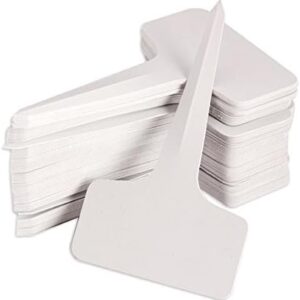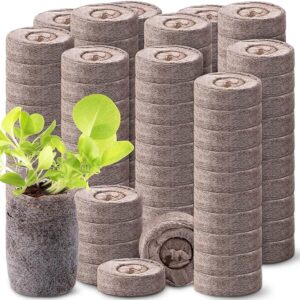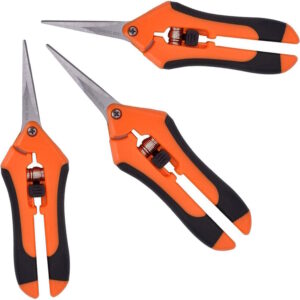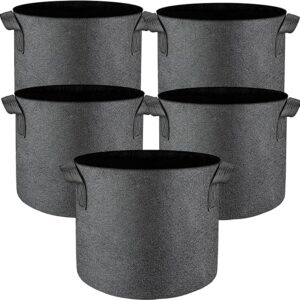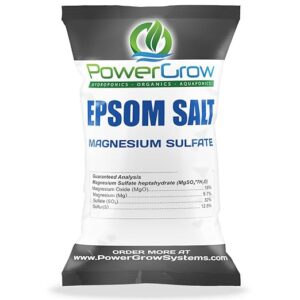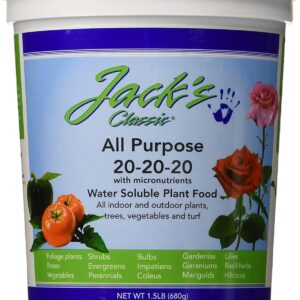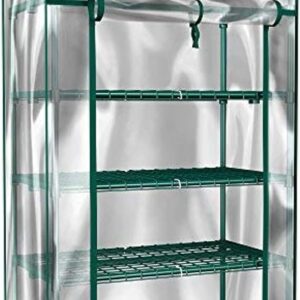In the tree of life itself, trees are categorized into two primary groups based on their wood composition: hardwoods and softwoods. This distinction goes beyond surface-level perceptions and delves into the intricate botanical and anatomical features that define these trees.
1. Anatomy and Botanical Nomenclature:
Hardwoods (Angiosperms):
Scientifically classified as angiosperms, hardwood trees encompass a vast array of species characterized by the presence of enclosed seeds within fruits or nuts. These trees belong to the botanical group Angiospermae, showcasing a diversity of leaf shapes, flower structures, and reproductive strategies. Examples include the deciduous oak (Quercus) and the flowering cherry (Prunus).
Softwoods (Gymnosperms):
In contrast, softwoods fall under the gymnosperm category, lacking the enclosed seed structures found in hardwoods. Gymnosperms, represented by the group Gymnospermae, feature seeds exposed on the surface of cones. Iconic softwoods include the evergreen pine (Pinus) and the majestic spruce (Picea).
2. Wood Structure and Growth Rings:
Hardwoods:
The cellular composition of hardwoods is marked by complex vessel elements, providing strength and durability. Hardwood trees exhibit distinct growth rings, a result of seasonal variations in growth rates. These growth rings contribute to the dense and sturdy nature of hardwood lumber.
Softwoods:
Softwoods, on the other hand, display a simpler cellular arrangement, with long, slender tracheids enhancing flexibility. The absence of vessel elements and the typically straight grain contribute to the characteristic lightness of softwood lumber. Growth rings in softwoods are often less pronounced than those in hardwoods.
3. Leaf Characteristics:
Hardwoods:
Hardwood trees commonly produce broad, flat leaves, featuring intricate venation patterns. The deciduous nature of many hardwoods leads to the seasonal shedding of leaves, contributing to the vibrant displays of autumn foliage.
Softwoods:
Softwoods, in contrast, often bear needle-like or scale-like leaves, reflecting their evergreen nature. These needle-shaped leaves help reduce water loss through transpiration, an adaptation to the typically harsher climates where many softwoods thrive.
4. Applications in Construction and Industry:
Hardwoods:
Renowned for their density and resilience, hardwoods find applications in various industries, including furniture crafting, flooring, and construction. Species like oak, teak, and mahogany are prized for their durability and aesthetic appeal.
Softwoods:
Softwoods, prized for their lightweight and easy workability, are extensively used in construction, framing, and paper production. Softwood species such as pine, spruce, and fir are staples in the lumber industry.
In the world of trees, the hardwood-softwood distinction transcends casual observation, offering a glimpse into the nuanced botanical features that shape these diverse arboreal families. From the resilient oaks to the towering pines, each tree type contributes to the ecological tapestry, showcasing the evolutionary marvels of the plant kingdom.
-
100 Pcs 6 x10cm Plastic Nursery/Garden Label Tags
-
100 Pcs Peat Pellets Plant Starter, 36MM
-
3 Pack 6.5 Inch Pruning Shears, Gardening Scissors
-
5 Pcs Grow Bags 5 Gallon Plant Grow Bags Multi-Purpose Nonwoven Fabric Pots with Durable Handles
-
Epsom Salt (Magnesium Sulfate) Agricultural Grade (5 Pounds)
-
Gardening Log Book and Planner
-
Jack’s Classic All purpose Fertilizer, water soluble, 20-20-20 1.5 lbs
-
Mini Greenhouse-4-Tier Indoor/Outdoor. Grow Plants, Seedlings, Herbs, or Mushrooms
-
Mini Humidity Meter Hygrometer/Thermometer 6 Pack


